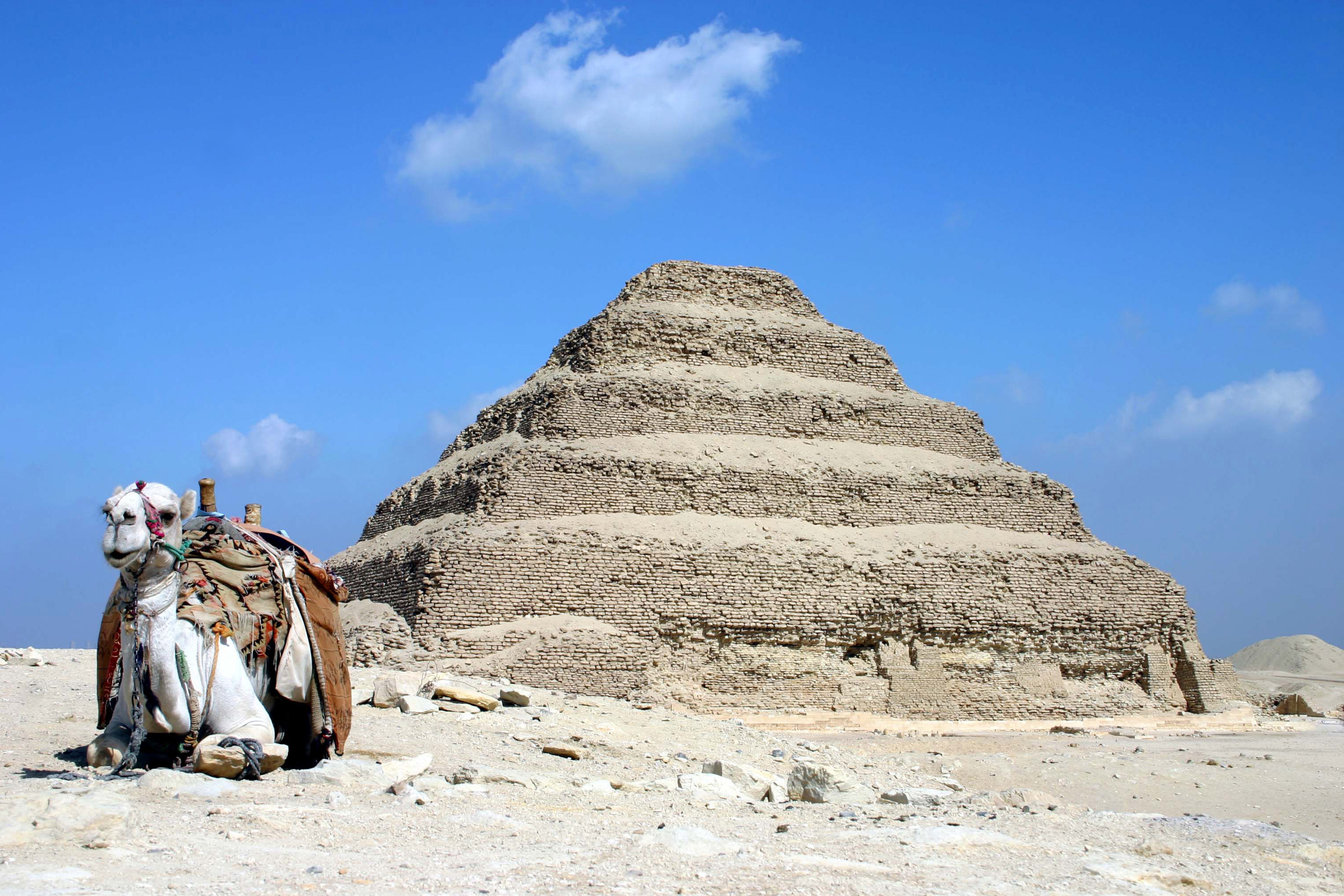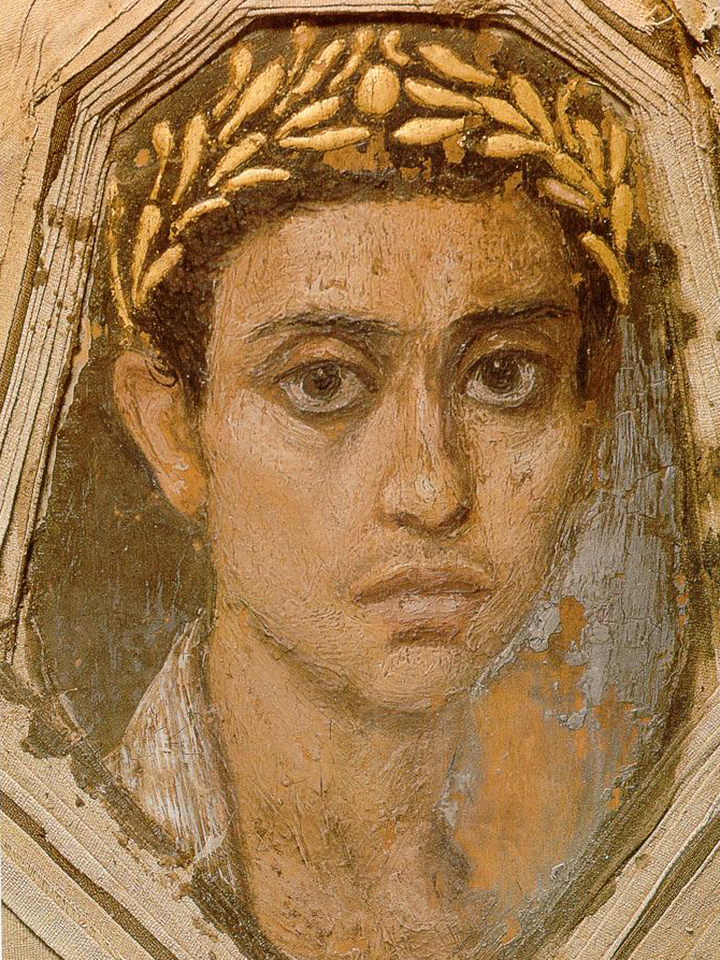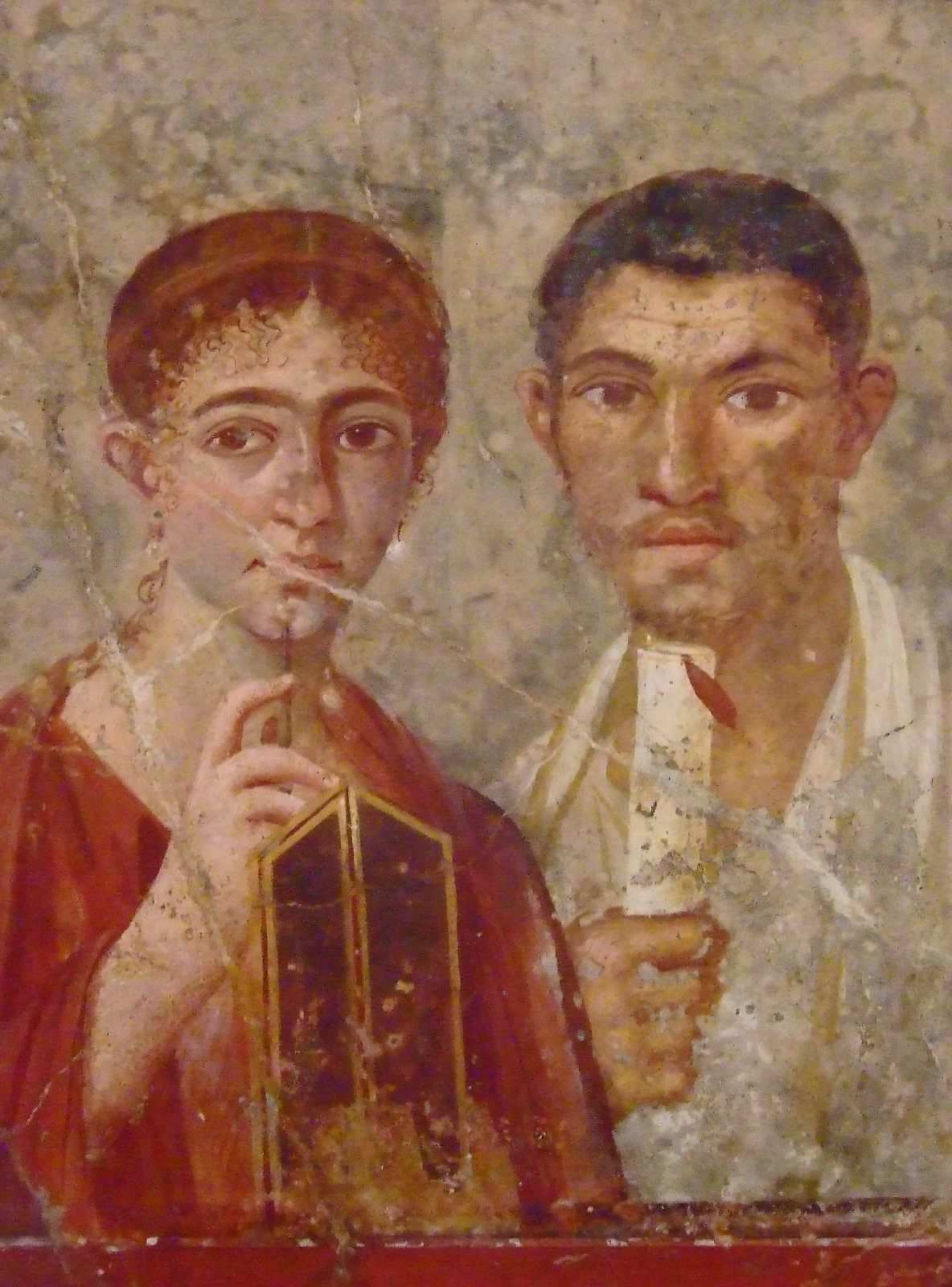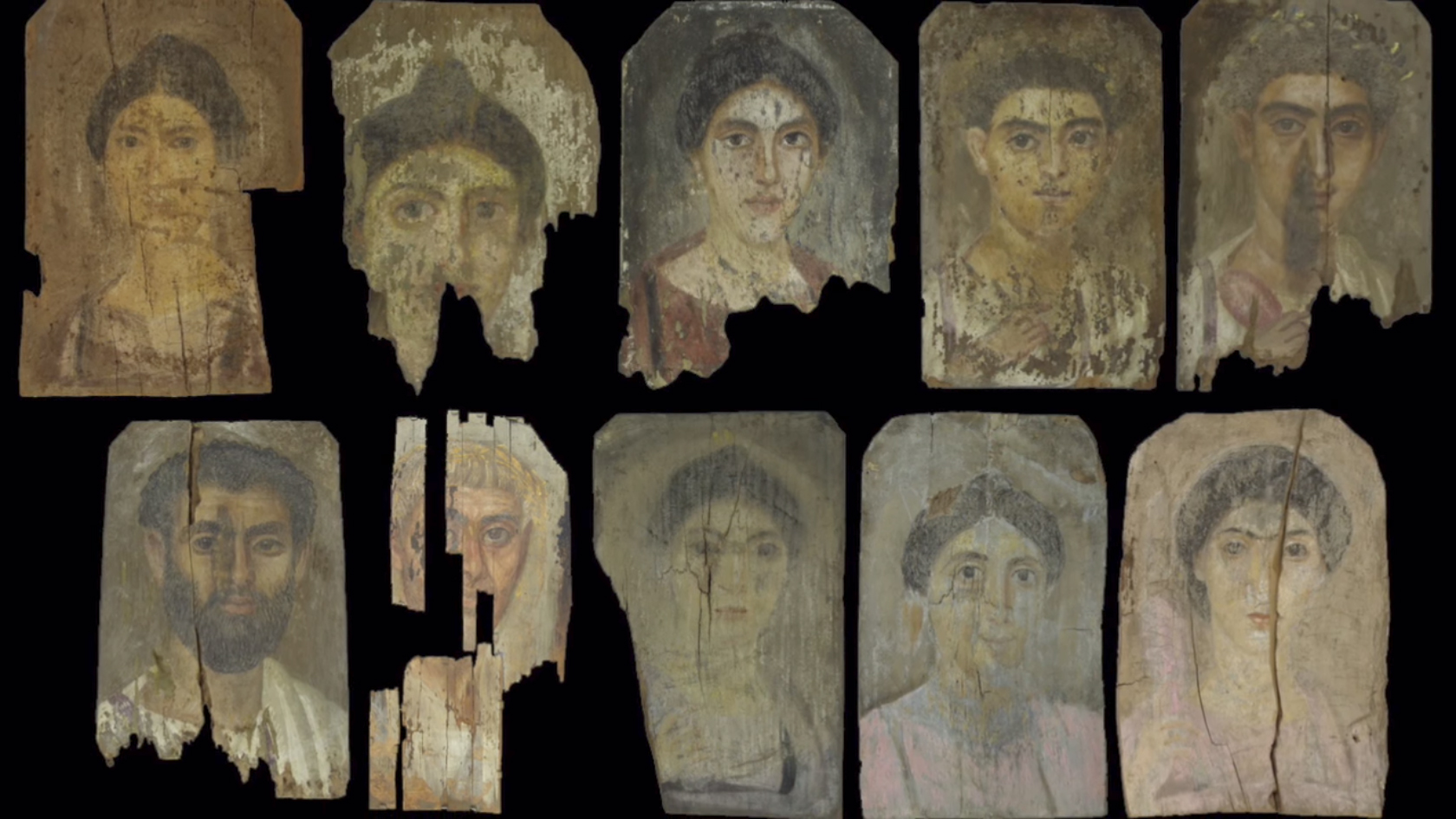Pietro Della Valle
 Although the Egyptians had been practitioners of painting mummies especially the royal lineage, this ritual was fairly different from the traditional step. This was undoubtedly a Roman introduction, although there was also some effect of previous Egyptian practices. Some of the examples of mummy art had been discovered in the modern era by an Italian, Pietro Della Valle, back in 1615.
Although the Egyptians had been practitioners of painting mummies especially the royal lineage, this ritual was fairly different from the traditional step. This was undoubtedly a Roman introduction, although there was also some effect of previous Egyptian practices. Some of the examples of mummy art had been discovered in the modern era by an Italian, Pietro Della Valle, back in 1615.
A Pioneer

Before Pietro Della Valle, there were no records of mummies being found ever. He discovered these mummy paintings at the Saqqara-Memphis archaeological site. After that, he brought some with him all the way to Europe and where they are still kept at the Albertinum Museum in Dresden, Germany. If you happen to be in the area, they are still exhibited.
All The Way To Europe

Like we had mentioned earlier, there have been so many records of Egyptian paintings being discovered. And it was not until the beginning of the 1800s that there additional discoveries. These new discoveries soon found their way back into some European collections. It is quite amazing if you think about how recent the uncovering of these paintings happened.
More Of Them

And also, the paintings’ final destinations would then become the British Museum in London. There are some painting that has been placed at the Louvre in Paris as well. Then there was yet another hiatus regarding the discovery of mummy portraits all over the world. Who knows, there could be some more of them waiting to be discovered. So what did they found after a closer inspection?
A Closer Look

And so after these paintings were discovered, there was no extensive study as such placed on them. There was bound to be researches who wish to take a closer, to decipher what these paintings meant. And so naturally, by the late 19th century, serious archaeologists such as Brit Flinders Petrie were soon drawn to take a closer look at these mummy portraits.
A Crowd Attraction
And after putting in work and effort, Petrie finally discovered 81 mummy portraits in a Roman necropolis at Hawara in 1887. He had been working profusely to hopefully dig up something new and exciting regarding these Egyptian portraits. His discoveries have been placed in London and the works obviously attracted a lot of attention, a crowd attraction actually.
